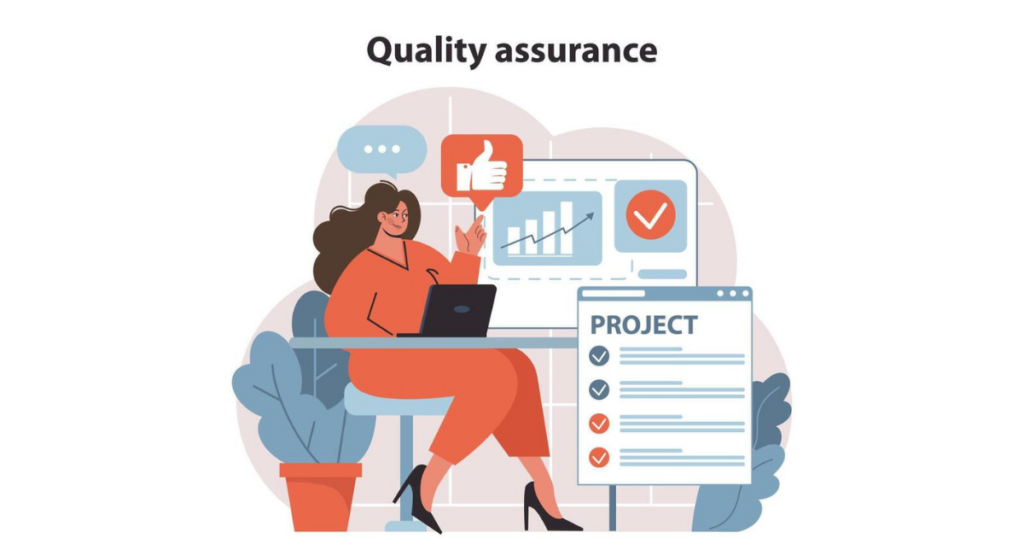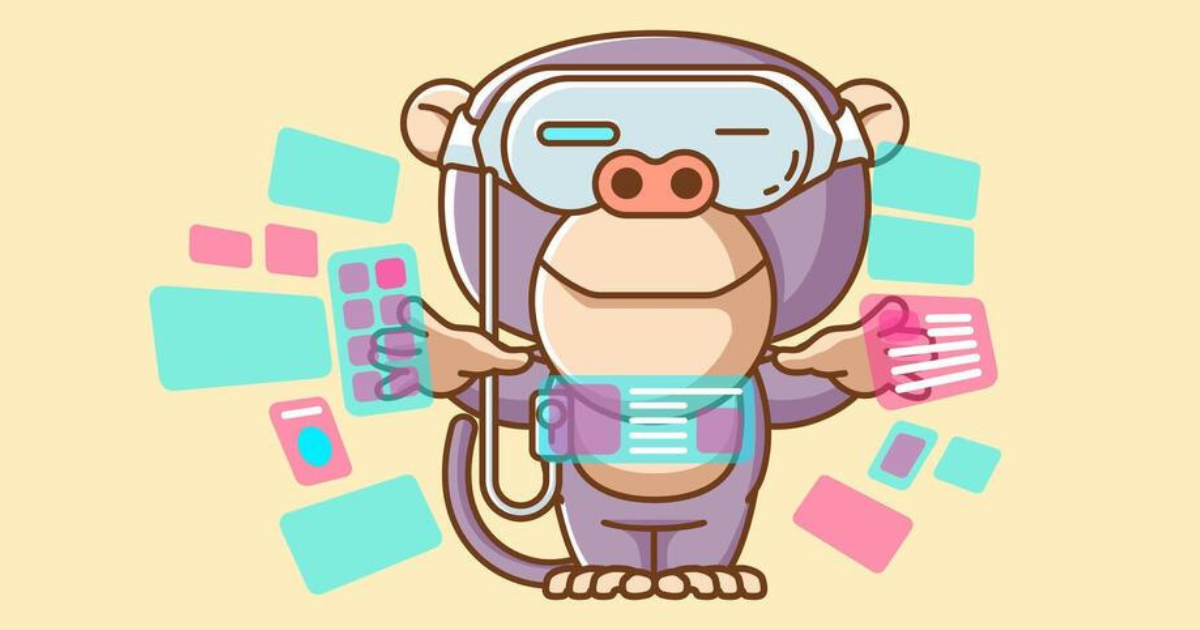Monkey Testing, as its name implies, is a method that's deliberately chaotic yet highly effective at unearthing hidden issues in software: providing random inputs to software without planning or scripted interaction.
This form of testing often used brute-force approaches but with artificial intelligence (AI), has evolved into an innovative technique used for improving software quality.
This blog explores Monkey Testing as it applies to quality assurance (QA). Furthermore, AI-powered Monkey Testing augments this process in providing better outcomes for modern software development projects.
Understanding Monkey Testing
Monkey Testing, also referred to as black-box testing, involves random inputs and interactions being introduced into a system without predefined scenarios or scripts in place.
The goal of monkey Testing is to see how an application responds when faced with unexpected or unusual inputs - hopefully discovering edge cases, crashes or any issues missed during structured testing that a monkey Test would uncover.
Definition and Purpose in Quality Assurance

Monkey Testing operates under the principle that random behavior can identify software defects missed by traditional testing techniques, making this form of evaluation particularly valuable when testing certain functions such as web interfaces or systems for functionality or regression defects.
Monkey testing has proved its worth especially with systems testing:
- Uncovering Edge Cases: Random input can reveal bugs that only emerge under certain, unlikely conditions.
- Testing for Robustness: Monkey Testing ensures an application can withstand unexpected interactions by bombarding it with unexpected user interactions that might otherwise prove disruptive, including when their behavior can become unreasonable or extreme.
- Crash Finding and Unhandled Exceptions: Because Monkey Testing often relies on unpredictable input, it can reveal weaknesses in error handling and system stability.
Although monkey testing can be beneficial, when done manually it can also be inefficient. Without any specific guidance to guide its actions or pinpoint issues effectively. AI comes to play here to make this testing much more efficient.
AI-Powered Monkey Testing
AI is poised to revolutionize this testing by offering intelligent randomization and data-driven insights, surpassing traditional Monkey Testing practices in two key ways - randomizing inputs generation and learning from past tests' results.
Robust Testing with AI-Driven Monkey Testing
One of the key strengths of AI-driven Monkey Testing lies in its intelligent random input generation capabilities. Instead of simply throwing random information at an application.
AI can use historical data, usage patterns, and contextual understanding to produce more meaningful random inputs for robust testing purposes.
Here's how it works:
- Data-Driven Input Generation: AI algorithms analyze previous test results, real world user interactions, and system data to generate random but structured inputs within real user behaviors - thus making tests more meaningful and making the randomness relevant.
- Adaptive Randomization: As AI systems gain more knowledge about an application, they can adjust randomness settings to target areas more likely to experience failure and thus focus testing efforts in high-risk areas of it. This feature makes testing efforts more focused.
- Continuous Test Coverage: AI-powered tools use random input generation in an automated and scalable fashion to continuously explore an application, providing more comprehensive coverage and uncovering defects which might otherwise go undetected by manual testers.
AI-powered Testing enhances efficiency while still remaining chaotic enough to achieve effectiveness.
By prioritizing random yet meaningful inputs, this form of AI testing ensures efficiency without altering its core effectiveness.
AI Can Learn from Failures and Improve Future Tests
Traditional Monkey Testing often fails to give enough insight into why certain inputs result in failure or crashes, leaving many questions unanswered.
AI offers an answer by not only detecting issues but also learning from them for future test runs. AI enhances the process:
- Root Cause Analysis: When failure or bugs arise during this testing, AI systems can quickly perform a root cause analysis to understand why. This allows developers to quickly locate and address the true issue rather than just providing surface level fixes.
- Feedback Loops for Continuous Improvement: AI doesn't just focus on finding bugs; instead it uses failure data from previous tests as input generation for future cycles and learns from each cycle to target areas more prone to issues - creating an ongoing cycle where each test cycle becomes increasingly effective than its predecessor. This feedback loop leads to continuous improvement.
- Prioritizing Critical Issues: AI can quickly analyze test data to prioritize issues according to severity, frequency and impact - this ensures the most critical issues are tackled first, streamlining development and debugging processes and saving valuable time and energy in development and debugging processes.
Real World Application of AI-Powered Monkey Testing
AI-driven monkey Testing can be particularly valuable in environments in which applications must be highly reliable while being capable of dealing with unpredictable user interactions, including:
- Mobile Apps: Mobile apps must be strong enough to withstand interactions from various types of users in various ways, which requires AI-powered Monkey Testing to verify they can withstand even extreme user behaviour patterns. AI can make sure an app can accommodate even unusual patterns of use without issue.
- Gaming Applications: This testing can assist gaming industry companies by uncovering issues related to performance, stability and unexpected user behaviors that arise within applications used for gameplay.
- Internet of Things Devices: Internet of Things (IoT) devices must deal with many inputs from multiple sources; artificial intelligence-powered Testing helps make sure they remain stable and functional, even under unpredictable conditions.
Book a Demo and experience ContextQA testing tool in action with a complimentary, no-obligation session tailored to your business needs.
Conclusion: How AI Transforms Monkey Testing for Improved Outcomes
Monkey Testing has long been considered an efficient means of discovering software defects missed by structured testing; however, its random nature often renders it inefficient.
By adding AI technology into this testing processes we can make them far more effective and efficient processes that not only uncover edge cases but learn from them to continuously enhance testing outcomes.
AI-powered Monkey Testing uses intelligent random inputs and prioritizes high-risk areas while providing meaningful insight into failures to help development teams identify critical issues more quickly and address them faster.
Its combination of randomness and intelligence make AI-powered Monkey Testing an indispensable resource in assuring robustness, stability, and reliability of modern software systems.
As software becomes ever more complex and user expectations continue to escalate, this testing powered by AI may prove instrumental in keeping pace with quality assurance trends in an ever-evolving landscape.
Also Read - Security Testing: Safeguarding Software with AI Insights
We make it easy to get started with the ContextQA tool: Start Free Trial.
